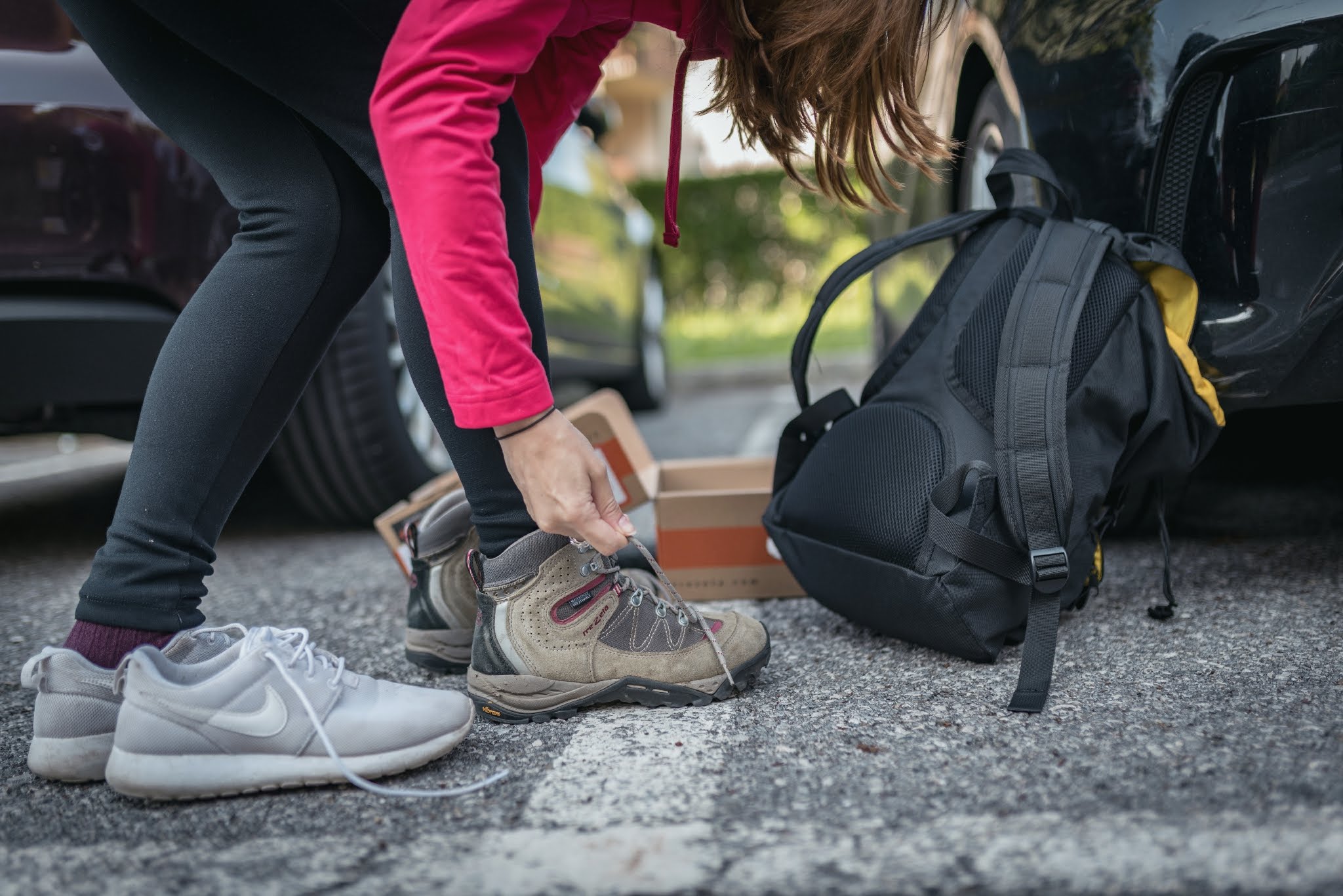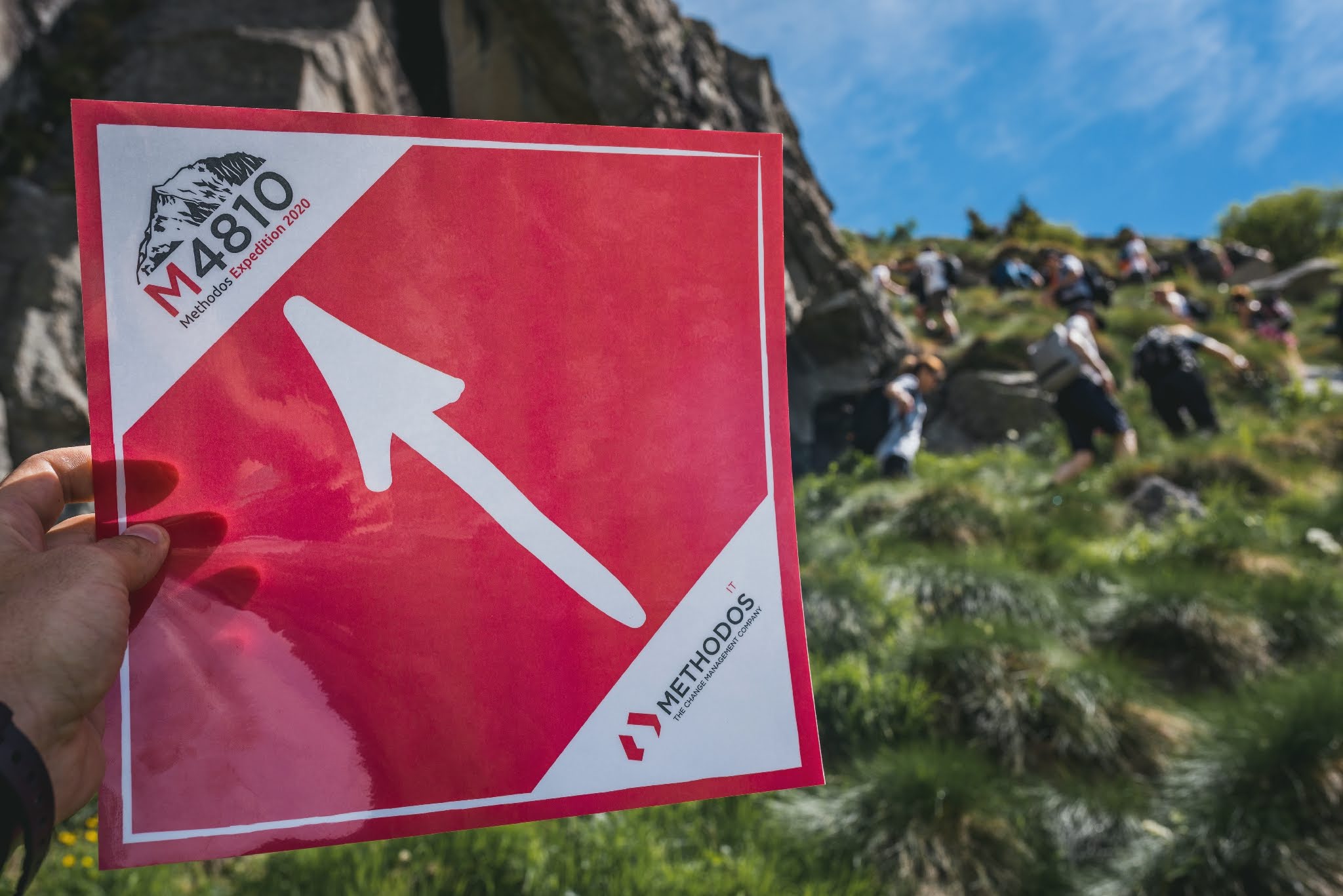
The first outing in preparation for the M4810 project was a powerful experience. As always, when we walk off the beaten track - when we try to do something innovative for the first time - we navigate a rudderless course. It’s a long trial and error journey, in which sometimes we learn from the past and improve as a consequence.
This is even more so when we talk about a mountain trek – a topic so far removed from a typical company activity! What do staff and collaborators that work on change management know about organising hikes? How do they manage to define something that is at the same time a challenge but not a struggle? It’s not at all easy.
Before the first outing, which brings us to the Artavaggio Plains, they held a preliminary meeting on how to face the mountains and the respective training. And on that occasion, it was clear that the group was not on the same page regarding this adventure. They’re all curious and interested, but often not sure about being up to it. Each person starts at a different level. There are some that wake up every morning to run before work. Others consider grocery shopping after work a great effort. There are some who pass every other weekend in the mountains, and some who have maybe put on skis once. And from what I learn about this challenge is that it’s really about changing mindset, discovering your own potential and training it – and some find it harder to do than others.

And so, after the first outing, beautiful but also challenging, it’s important to debrief in another meeting. To add up our experiences, and to learn from the mistakes to get better next time. To remind group members that one of the fundamental points of the project is inclusion, and that each person can find and choose their own way to participate.
And so, here they all are again, gathered in a room to look at some slides with mountains for backgrounds. They were all asked two questions: “How prepared do you feel for the next steps?” and “How much do you want to continue this adventure?” The anonymous responses form a graph. For the first questions, the peak is in the middle, a generic “not too little, not too much”. For the second, instead, to everyone’s content, the great majority of answers lean towards the “very much”!

A happy end for the first outing, a great starting point for the second. It was a great sign that the company’s leaders stayed at the intermediate stage, which empowered everyone. But reaching the peak as a single body is an important part of this training. And the climb brought out beautiful work dynamics – mutual support between colleagues and friends. But it’s still clear that something needs to change. The fact that we weren’t able to reach the top together, having had to separate into two groups, made some people feel the weight of their lack of training. From here we need to plan the next stage! We need a goal that is within reach for everyone, a collective victory.
This is how the Val Masino was chosen as an ideal objective: a challenging journey, a real mountain environment. Beautiful landscape to take our breath away. There is a single hut to reach, all together, to then only maybe continue in separate groups. A challenge that is difficult for all, but impossible for no one.
Will our heroes reach the peak, not only from a personal point of view, but also as a team?





